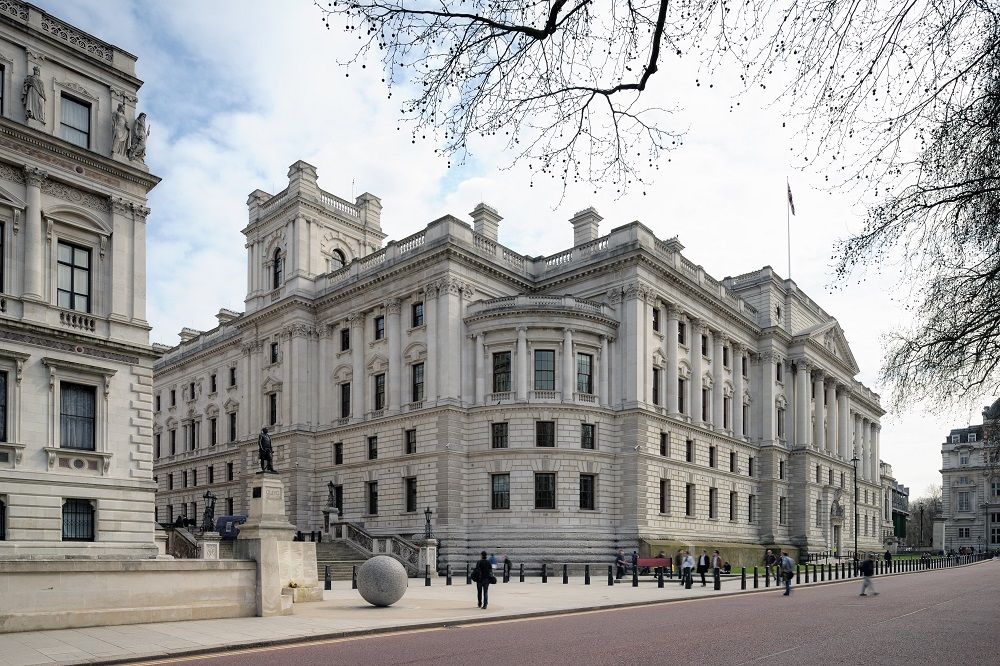The Treasury has announced that Chancellor Phillip Hammond is going back on a promise made by his predecessor, George Osborne, to scrap Class 2 NI Contributions. The abolition which was originally planned to come into effect this year, had already been put on ice by the Chancellor citing concerns that it would actually increase the cost of statutory and contributory payments for self-employed people with low profits.
Further research by The Treasury seems to support this belief and it is now being used as the reason to permanently scrap the planned measure. The Treasury’s analysis found that around 300,000 people who make profits of less than £6,000 a year would have had to pay up to five times more in NI contributions than they currently do under the proposed changes. The five-fold calculation is based on NI contributions increasing from £2.85 to £14.45.
Increasing number of self-employed
However, this is set against a background of a rapidly increasing number of self-employed individuals. The number of self-employed workers has increased from 3.3 million in 2001 to 4.8 million in 2017, according to the Office for National Statistics (ONS). The plans to scrap Class 2 NIC were estimated to save each of these workers up to £150 a year, but it appears that the potential limited impact on less than 10% of that number outweighs the benefit to the remaining 9 out of ten – in the eyes of the Treasury.
The decision to reverse the planned abolition will save the Treasury around £360m this year. It is now expected that Phillip Hammond use this saving to make an alternative headline grabbing announcement in his November budget.
